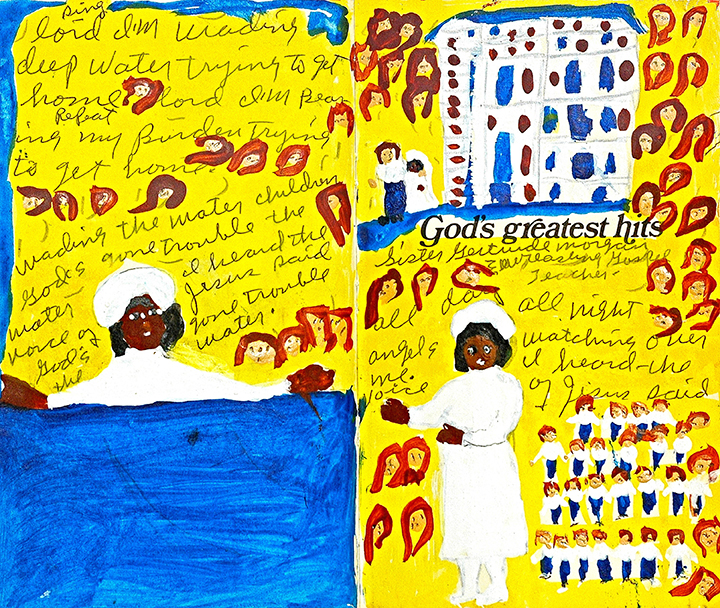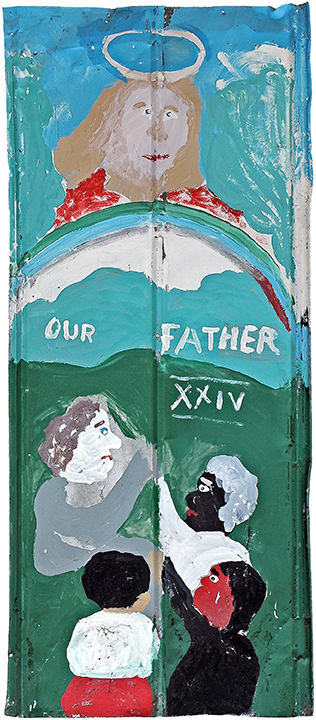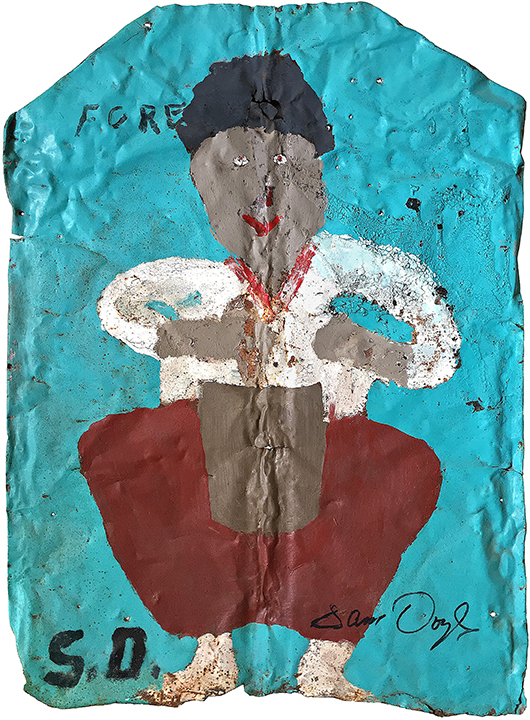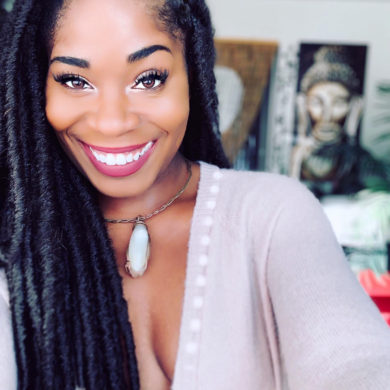Overcoming hardships is a theme that’s central to the Black experience. Anywhere in the diaspora, you can find narratives from artists, writers, scholars, and everyday folks illustrating how one attempts to find personal and collective liberation. Though arguably, one could say that we have not reached the destination that is freedom, but the quest to attain it allows for healing through storytelling that extends to ourselves and future generations. “What Carried Us Over: Gifts from Gordon Bailey”, currently on show at the Perez Art Museum until April 2020, is a myriad of works by U.S. artists, many of whom have faced challenges while living in the Deep South during the Jim Crow era.
What belies these important pieces are the artists’ stories. The 28 self-taught artists in this exhibit were all born between the years 1876 and 1975. Their lives are peppered with a deep history that no doubt impacted, and is reflected in their works. Artist and musician Lonnie Holley, whose Vincent Van Gogh-inspired piece “Caution” greets you as you enter the exhibit, was the 7th of 27 children born during the Jim Crow era. Growing up, he spent time digging graves and picking cotton. The late Cuban artist Mario Mesa was a political prisoner while living in Cuba. Similar to Holley, Mesa did not have much of a happy childhood. Not many of these artists had formal training but nevertheless, found their calling, and excelled, in the art world.

These are works by people not normally represented in the museum space, ethnographies of lived black realities are not attractive topics historically. Alabama musician, poet and self-proclaimed “Bride of Christ” Sister Gertrude Morgan made clear her devotion to her religion in many of her works like the featured “God’s Greatest Hits.” She has incorporated this theme since the beginning of her career. In this mixed media piece, which features self-portraits and angelic figures, the late artist puts her faith on display and thus affirms how religion and spirituality are mechanisms of empowerment.

Two of Sam Doyle’s large-scale paintings are accentuated in the curation. The late artist, whose work Jean-Michel Basquiat collected, was born in 1906 in Saint Helena Island, South Carolina, a Gullah native. He used his art, primarily creating on sheet metal and wood, to record the history and people of this community. Doyle’s “Ford” depicts a woman, wearing a garment commonly worn by Gullah women of her era, mixing up something good with a mortar and pestle. Painted on reclaimed metal roofing with house paint, Doyle’s tribute commemorates the island’s culture.

Strolling through this exhibit is much like a walk through history. Many of these artists have passed on, but their experiences are immortalized through their respective artistic legacies. Recording Black realities were important for a time when the world did not see us; and they are even more important now as we usher in a new era, one that still resembles America’s colonial and racist past. As the title of the exhibition confirms, these artists have carried over their hopes, struggles, happiness, and lives. They survived. It is up to the Black diaspora to continue carrying on.
See “What Carried Us Over: Gifts from Gordon. W. Bailey” now until April 19, 2020, at Perez Art Museum Miami.

